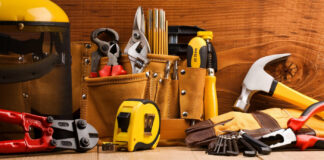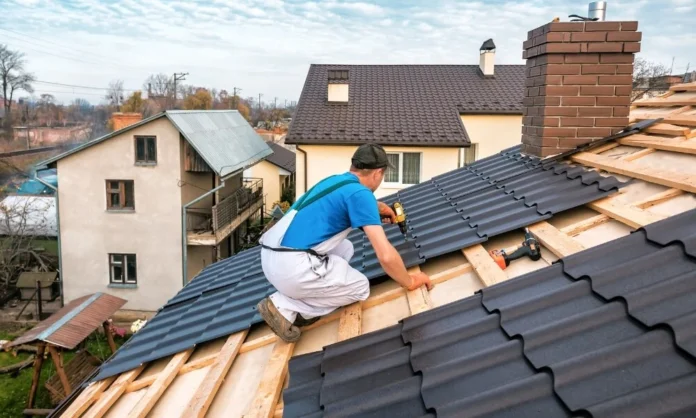
Before you take on any job on the roof of a building you need to consider safety. After all, no job will be completed if you or one of your team succumb to serious injuries! You must identify all the safety hazards for jobs at different heights.
This is where roof anchor points and other safety equipment play a vital role – to help prevent injuries while working on roofs. As roofers, contractors or subcontractors, risk is part of the job, but safety measures can prevent unnecessary harm. Read on to make sure your daily grind doesn’t endanger your future.
1. Dangers of Falling
The obvious hazard you should consider is the risk of falling. And each job will be unique. Every building has different shapes and forms, with each one posing different challenges. Consider the roof’s gradients, edges, and surfaces on which you must do your job. Steep roofs, for example, will require far stricter precautions than a gently sloping one.
Before performing a job on a difficult rooftop, these questions will come in handy:
- Is the roof or structure strong enough to support my weight?
- Are there holes or any other hindrances to watch out for?
- Regarding safety, are there sturdy guardrails to safeguard you and your team?
- For stability, is there a ladder for roof access that is well-positioned and easily accessible?
- To get to difficult areas and spaces, is it necessary to use ropes and harnesses?
A checklist with these questions or safety precautions to complete go a long way in making sure you don’t forget anything. And in the long run, the focus on safety will result in higher productivity.
2. The Use of Power Tools
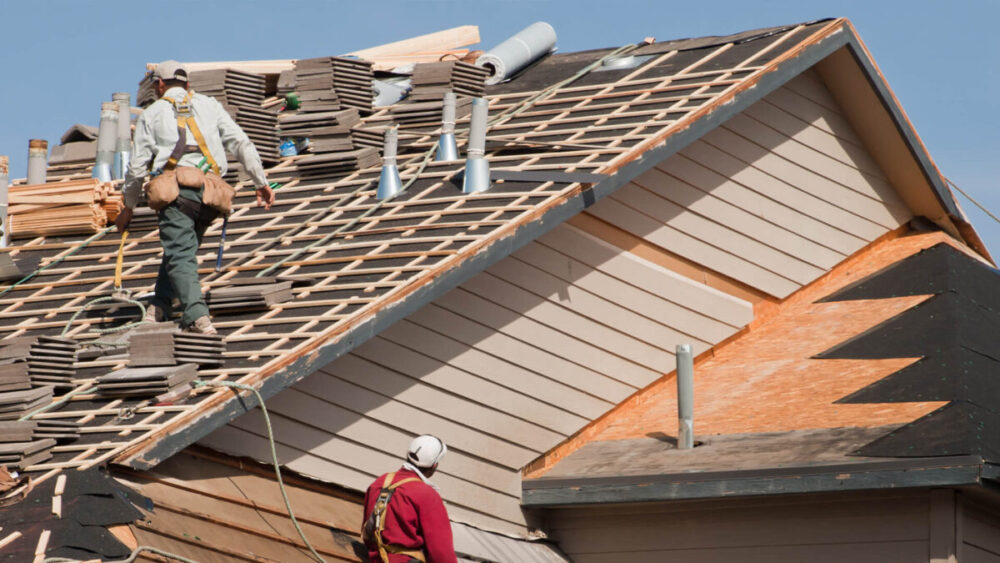
As much as power tools are necessary for you to do your jobs such as drilling, cutting, and welding, they can also indirectly inflict serious danger. For example, if a worker slips while working with a power tool, they can harm themselves but also the individuals below if the tool should fall.
Using power tools also requires special attention and focus as well as feeling comfortable using each appliance. If your attention is on your safety rather than the power tool, you may make a mistake and harm someone.
For this reason, train your team properly on each tool. Also, ensure the tools are maintained and fully functional.
3. Be Wary of Electrical Hazards
You always need to be especially cautious of electrical faults and hazards when working on a roof. Workers most vulnerable to these dangers are the ones working with power tools, with electrical equipment or near power lines.
With powered equipment, you must avoid mishaps such as electrocution, burning and fires. For one thing, ensure there are no water leakages or electrical currents exposed to moisture.
4. Caution for Harmful Substances
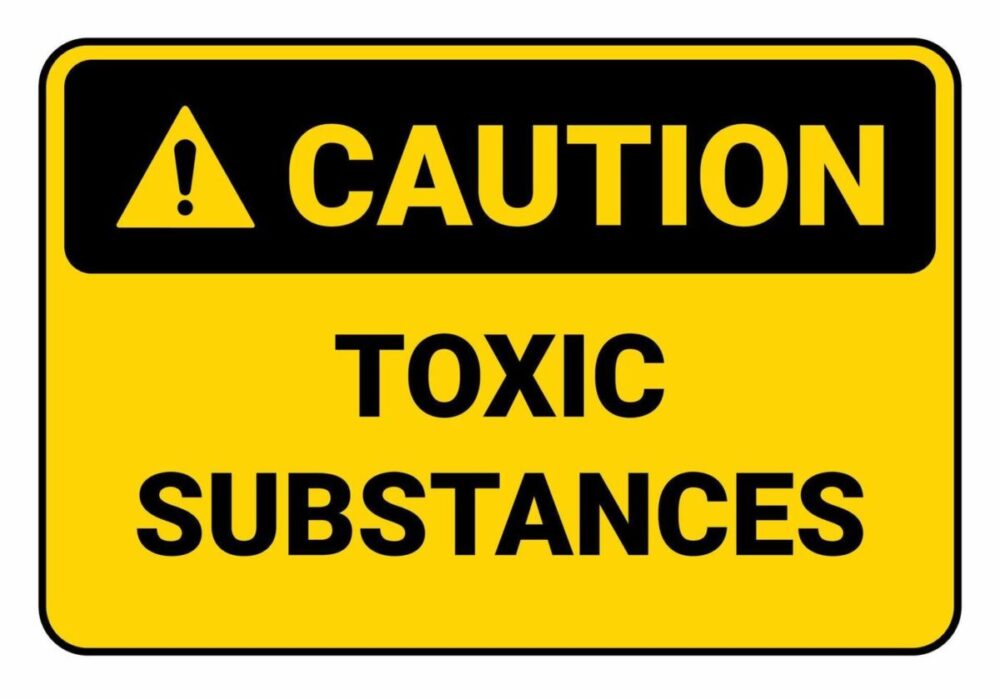
Workers can be exposed to harmful substances when on a construction site, such as asbestos, solvents, tar and paint fumes. Studies have shown the risk of them causing major health problems and it’s managers’ responsibility to help prevent this. Therefore, everyone should always wear the ideal protective gear and equipment when dealing with harmful chemicals. PPE can include:
- Thick and durable clothing
- Hardhats
- Gloves
- Goggles
- Earmuffs
- Respiratory protection (optional and job dependent)
5. Extreme Temperatures
Few environments are as hot as working on a roof while the sun beats down, right? But there’s a lot you can do to manage the impact of heat. Firstly, check the weather forecast daily before you start working to know how to prepare for the day’s conditions.
In cases where there are extreme temperatures, you should wear protective clothing that still allows you to feel cool and comfortable. You need some protection to prevent sunburn and heatstroke. Wearing well-vented helmets, caps, overalls and boots are a good place to start. The ventilation will help because heat escapes mostly through your head, hands and feet!
Remember, if you get too hot while working on a roof it can affect your work negatively. For example, excess sweating can lead to slipping and mishaps with power tools. And apply sunblock before you start a day’s work as well, so you don’t risk skin problems in the long run.
Even if heat isn’t the problem, you must prepare. Be ready for other conditions such as strong winds or rain so they don’t affect the workers’ safety.
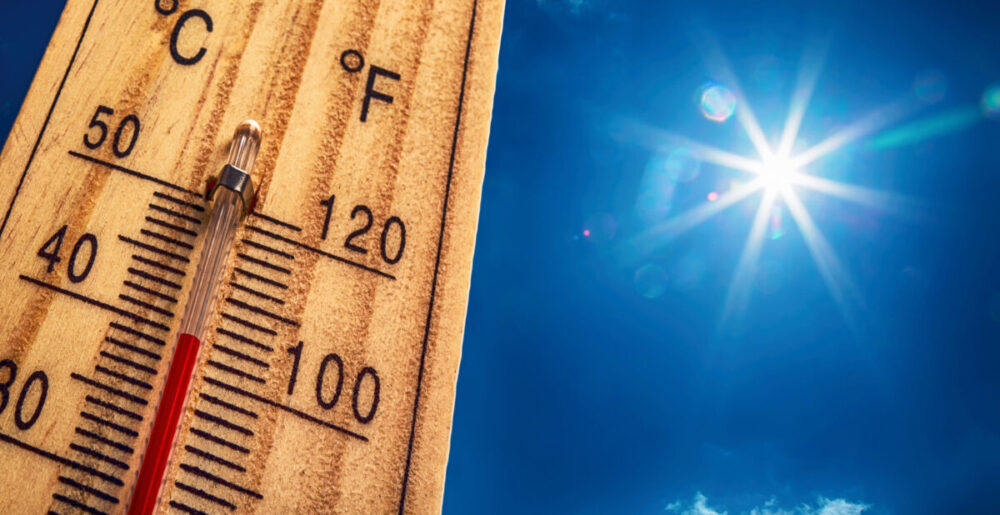
Conclusion
Danger is part of the business, especially when working at heights. But you don’t have to be at the mercy of the situation. You can be proactive and as a manager in this industry it’s your responsibility to be. Your team depends on you.
Rather be safe than sorry, take protective measures and let safety check become second nature. As a leader others will follow you and your good habits will help everyone stay safe.








